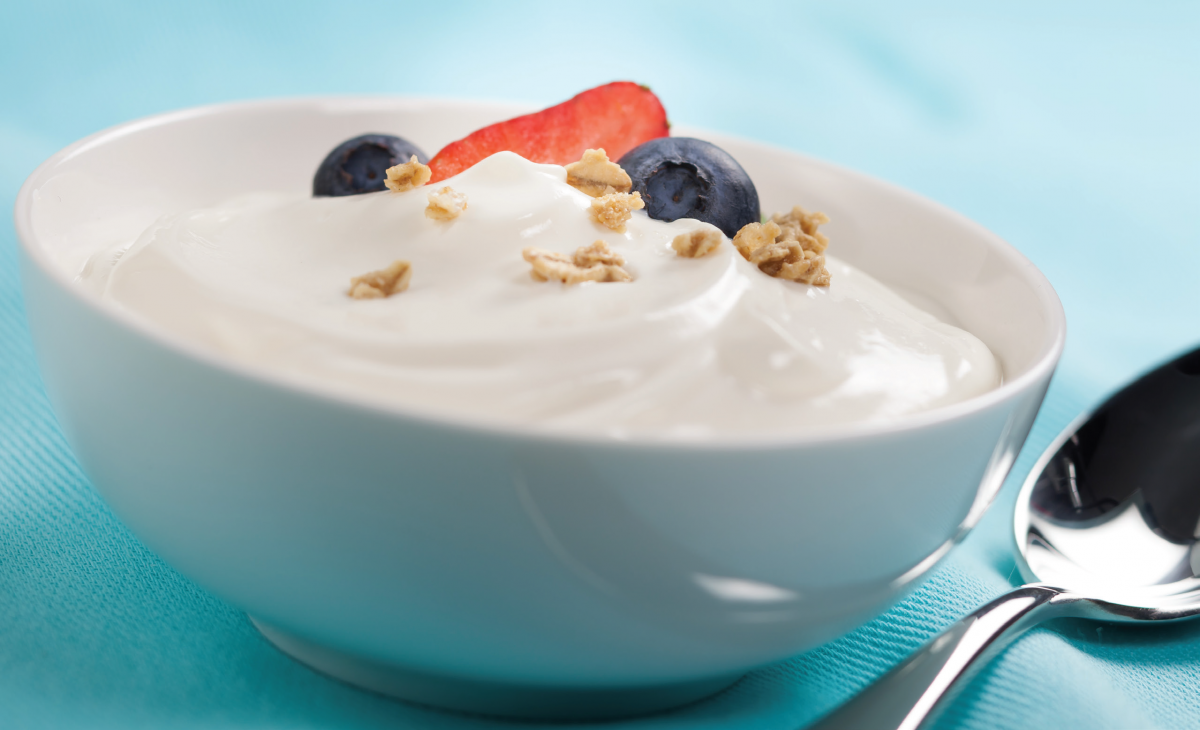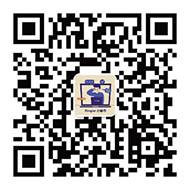The yoghurt market in Asia
CONSUMERS in Asia are becoming more aware of the types of foods they consume, shifting their diets toward healthier food options. According to Innova Market Insights1, the top food & beverage trends for 2016 mostly point towards growing interest in clean eating, where products that are more natural or contain fewer or no artificial additives are growing in demand. As a result, yoghurts are seeing strong market performance in Asia, with Euromonitor reporting a 12 percent increase in market growth for the past five years. It is forecasted to further increase by another 13 percent to US$48 billion by 2020, which makes the Asia Pacific region the fastest and largest market. According to Mintel2, 452 new yoghurt products were launched across Asia Pacific between 2014-2015, as manufacturers try to meet with overwhelming market demand, and also differentiate their product offerings from the competition. This increasingly competitive space, combined with the rising middle class in Asia Pacific3, paves the way for more sophisticated, higher quality yoghurt products.
What makes yoghurt so appealing?
A recent consumer mega trends study by Canadean4 suggested that convenience, comfort, sensory indulgence, health and wellness are all key factors that impact food choices – and yoghurt ticks all the right boxes. This is perhaps why yoghurt as a food category has taken off, and now encompasses a multitude of products catered to almost all occasions. This ranges from being a healthy snack to being an alternative beverage, to being a dessert for the conscious consumer. For example, ambient yoghurt drinks, unlike conventional yoghurt products, do not need to be refrigerated, and have longer shelf lives. These yoghurt products are made to be convenient, and are catered to consumers’ busier lifestyles.
Other recent innovations take advantage of origins. Following the success of Greek-style yoghurts, ‘origin’ led yoghurt products have been launched in the region. For example, there are yoghurts that promote the use of selected microbes from Bulgaria for added health benefits.
One key innovation trend is that of going clean and simple, with manufacturers launching new products that contain only natural ingredients, or reformulating products to contain less artificial ingredients, and have shorter, simpler ingredient lists. In Asia Pacific, examples include low-fat yoghurt which only contains natural ingredients and no preservatives, or Australian organic yoghurts that only contains fresh ingredients such as natural corn starch, real organic vanilla beans, organic milk and probiotic cultures.

Yoghurt represents some of the most challenging applications for clean label formulations owing to the harsh processing conditions it undergoes. But with the help of innovative clean label functional starches, ideal sensory characteristics and shelf stability can be maintained.
Differentiating your product through clean label
Out of these trends, the move toward clean and simple labels is probably the one that most manufacturers are focusing on. Consumers are becoming increasingly discerning about the types of ingredients and production methods that are being used by manufacturers. They expect ingredient lists to be shorter, easily understandable and contain no unfamiliar, or chemical sounding ingredients. In the latest study by MMR Research Worldwide5, it reveals that globally, as high as 80 percent of consumers feel it is important that they recognize all ingredients listed on their food packaging. Equally, consumers feel that a short and simple ingredient list is important, with Chinese consumers being the fourth most likely to read ingredient lists, of the 17 countries surveyed around the world.
More crucially, specific claims also have an influence in convincing consumers to consider switching brands. In the Asia Pacific markets studied, the top three pack descriptions that would make consumers consider switching from their current brand are ‘natural/all natural’, ‘no artificial ingredients’, and ‘no additives / E numbers’. For manufacturers exporting into these key markets, being able to make these claims and substantiating them in their ingredients lists will play a significant role in capturing consumer preference.
The latest clean label yoghurts can provide the same taste, benefits and functionality as chemically modified alternatives. However, formulating clean label yoghurts successfully and cost-effectively is not as straightforward, and requires a combination of formulation expertise and advanced ingredient solutions.
Challenges of formulating clean label yoghurts
Traditionally, not every product allows for clean label formulation, due to the technically challenging nature of the manufacturing process. When substituting ingredients or shortening ingredient lists to achieve a cleaner label, many manufacturers are concerned that they will have to make some kind of compromise, either to shelf stability, taste, or texture. To top that off, yoghurts represent some of the most challenging applications for clean label formulations. This is due to the harsh processing conditions encountered in manufacturing and the limited process tolerance of ingredients such as traditional native starches. Typical manufacturing conditions include high temperature and homogenization pressures, which degrade the integrity of native starches. The loss of starch integrity affects the functionality and, ultimately, the texture of the finished yoghurt. Thankfully, recent advancements in functional native starch technology now allows for more foods to be produced using these clean label ingredients easily and cost-effectively.
Achieving the clean label yoghurt
To address the challenges of formulating clean label yoghurts, modern clean label starches have to withstand the harsh conditions found in both upstream and downstream homogenization processes. For example, the Ingredion NOVATION® range of functional native starches has equal functionality to chemically modified alternatives, providing the required sensory properties and shelf stability in yoghurts. Additionally, NOVATION® functional native starches appear as ‘starch' in product ingredient lists, which is familiar and trusted by consumers. It allows for a simpler and cleaner label to address consumer needs without sacrificing performance.
Conclusion
The growing yoghurt market and clean label opportunity in Asia Pacific is clear, and several international yoghurt manufacturers have already started introducing products with simpler and cleaner ingredient lists. With the latest technologies in clean label ingredients, it has made challenging applications possible for manufacturers to simplify their ingredient lists.
*Chong Hui Cheng is Marketing Manager, Wholesome and Culinology at Ingredion Asia Pacific.
[1] https://www.linkedin.com/pulse/top-food-beverages-trends-2016-clean-eating-trend-inspires-mota-
2 New product launch figures from Mintel GNPD data, from July 2014 – July 2015
3 http://www.nielsen.com/content/dam/nielsenglobal/de/docs/Nielsen%20Global%20Retail%20Growth%20Strategies%20Report_DIGITAL.pdf
4 Taken from Canadean Consumer Mega Trends
5 Global consumer research – conducted by MMR Research Worldwide, an independent research agency commissioned by Ingredion.
Adidas Ultra Boost 3.0 Cny














